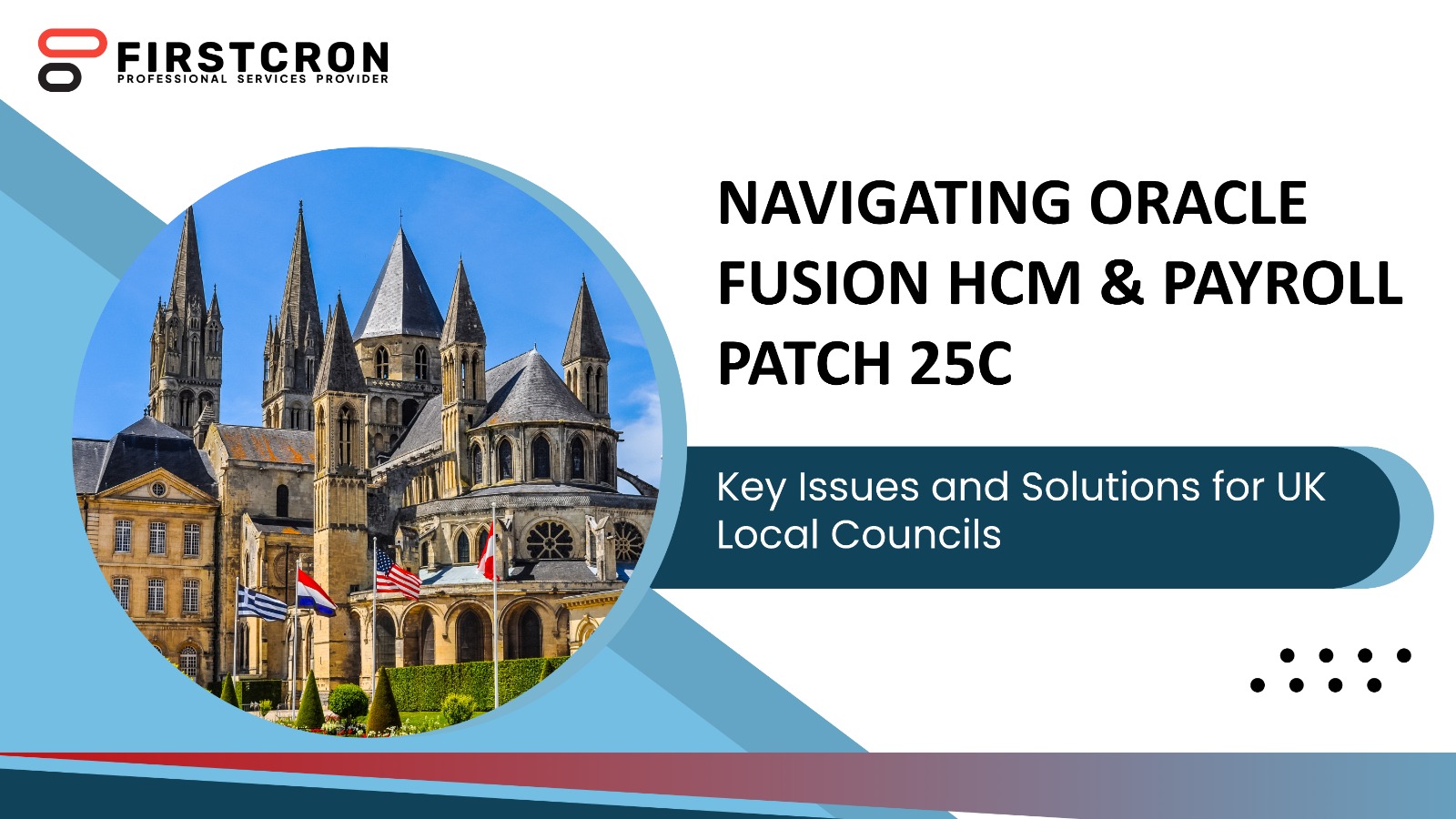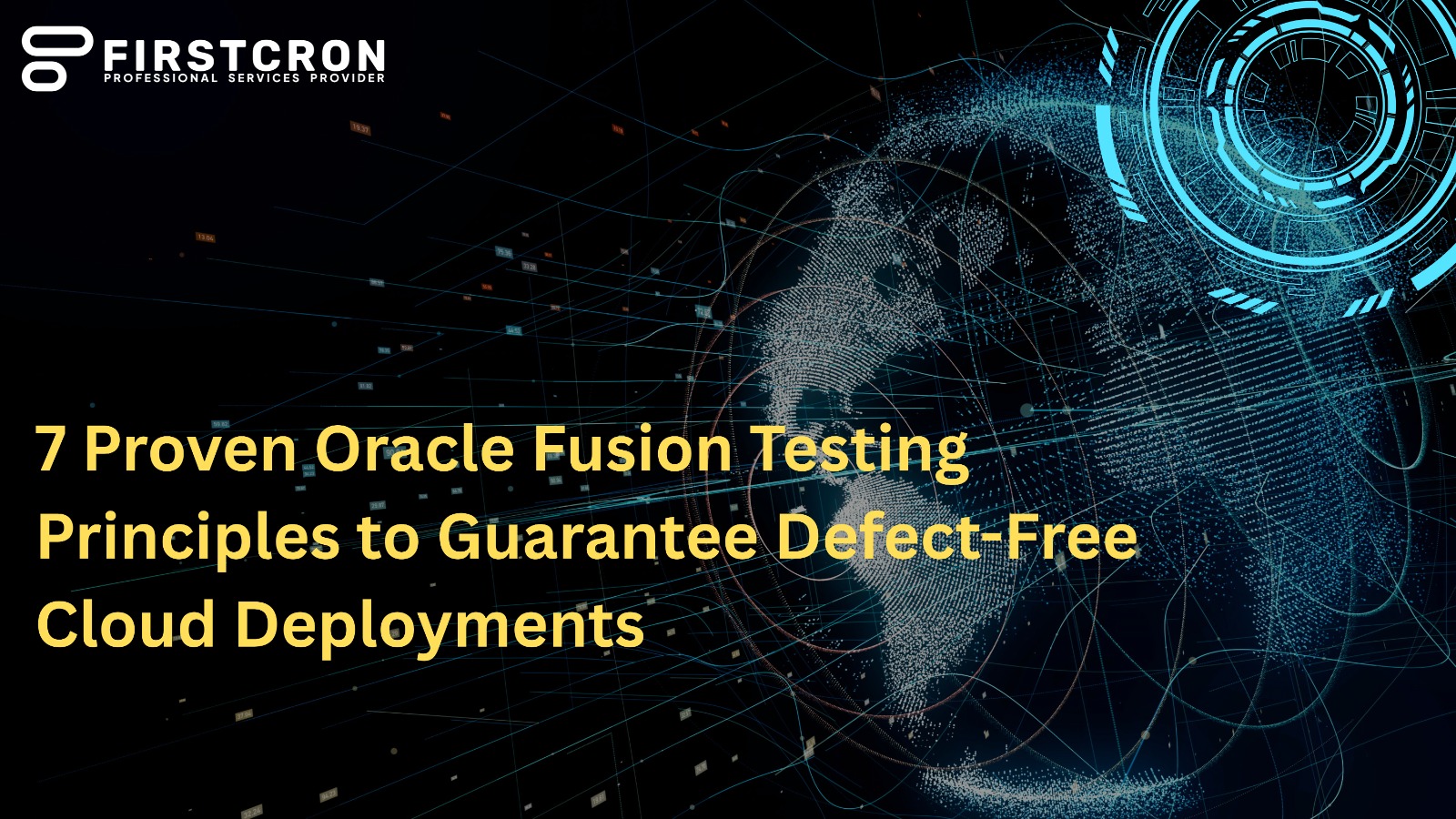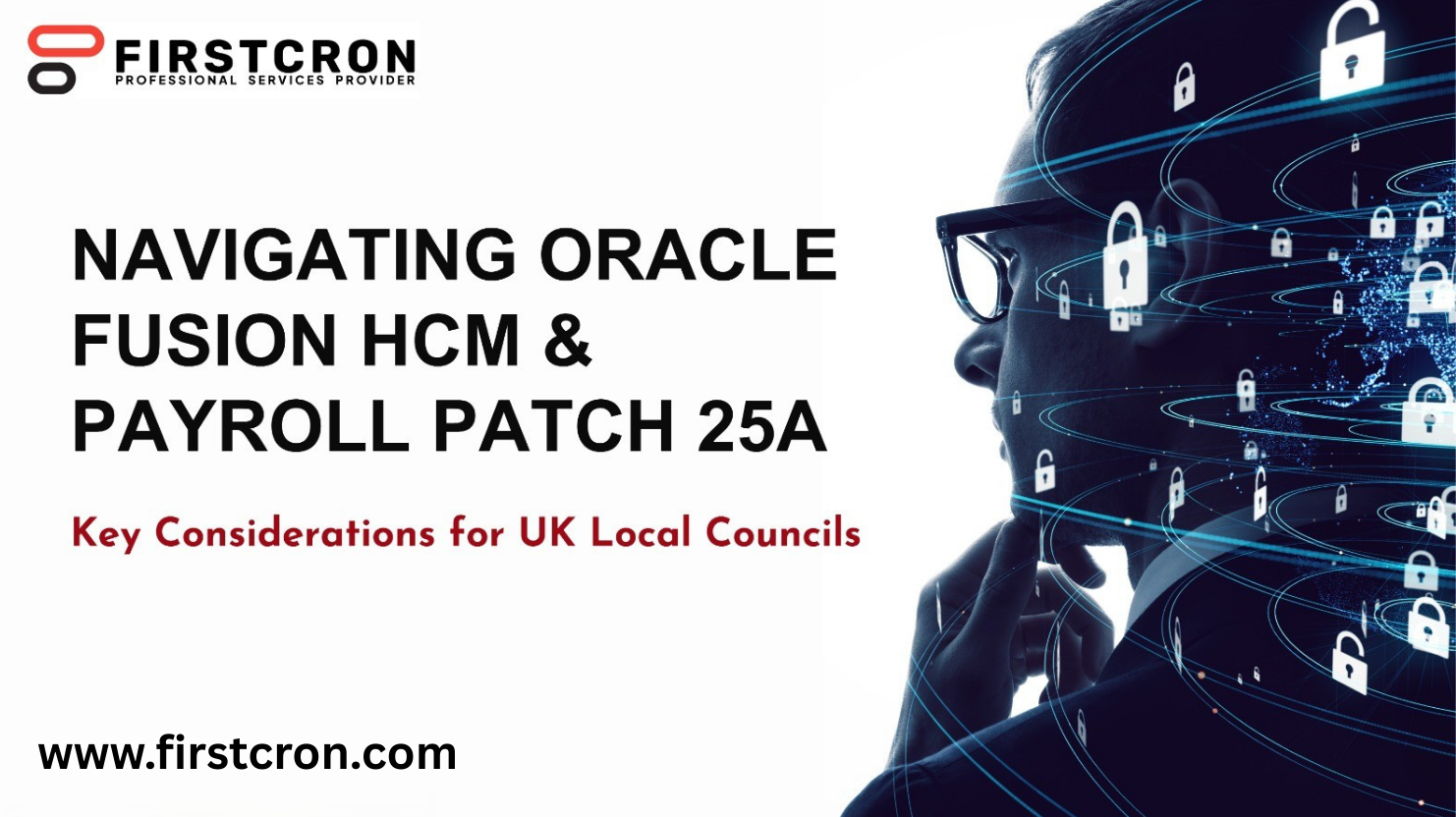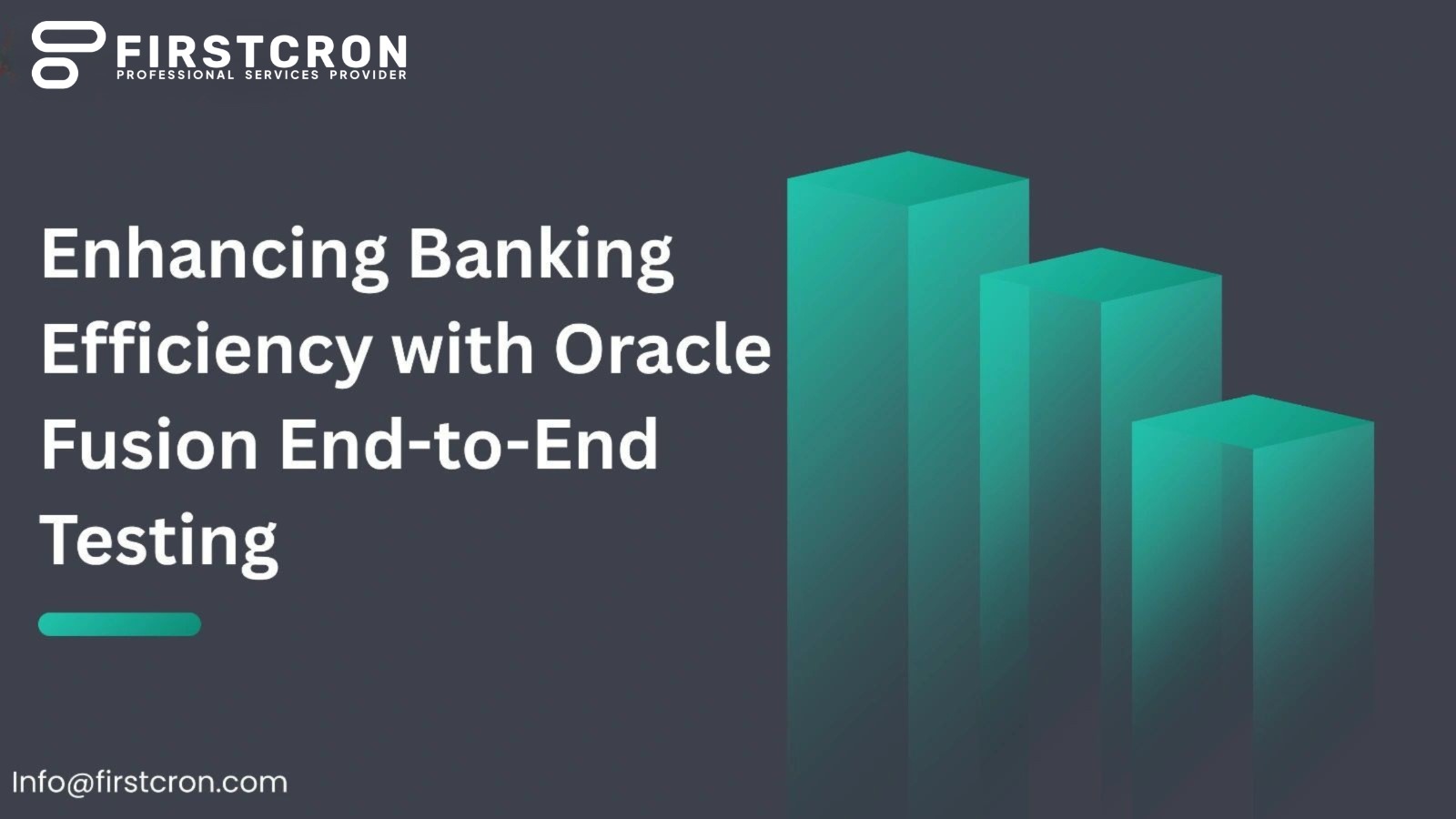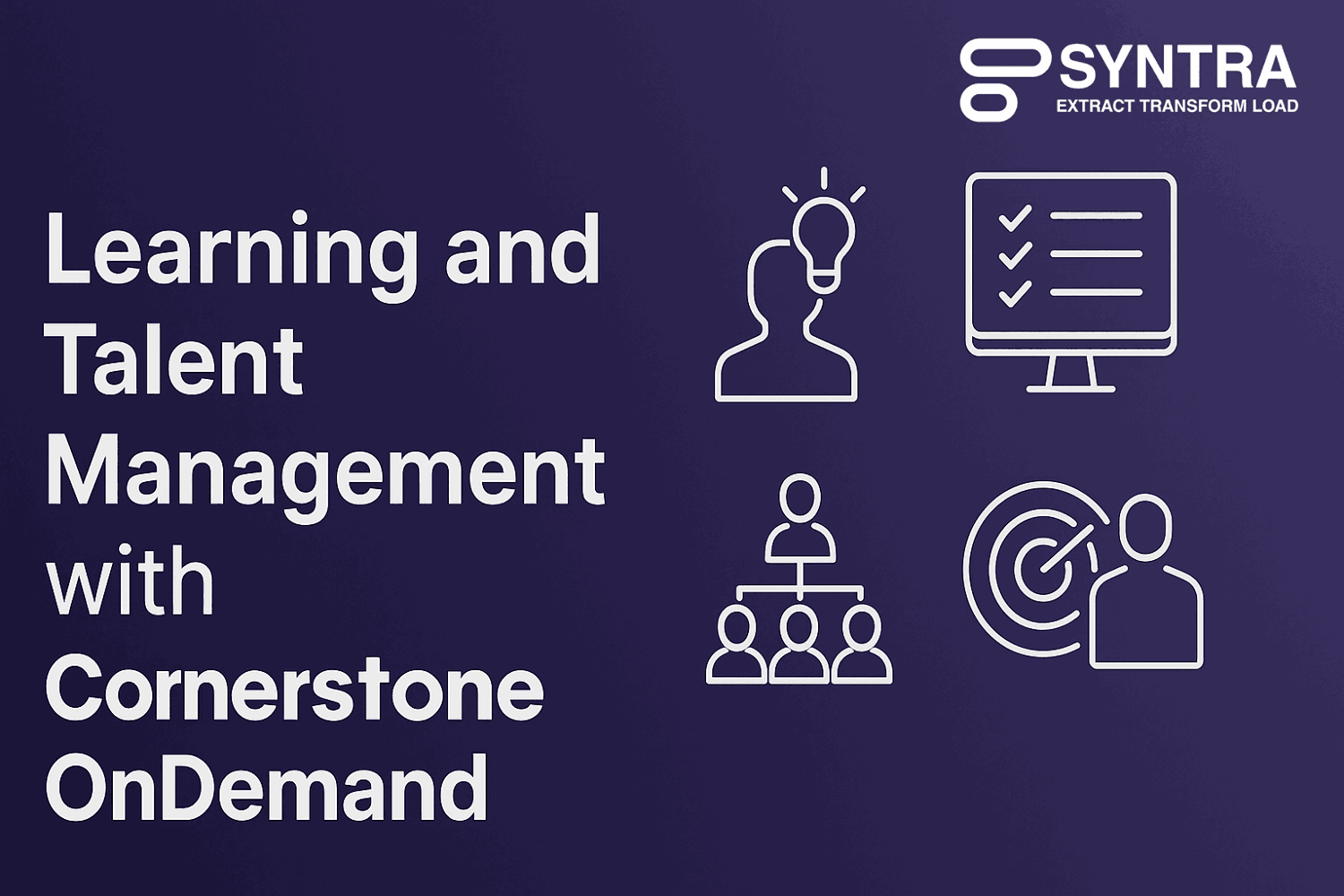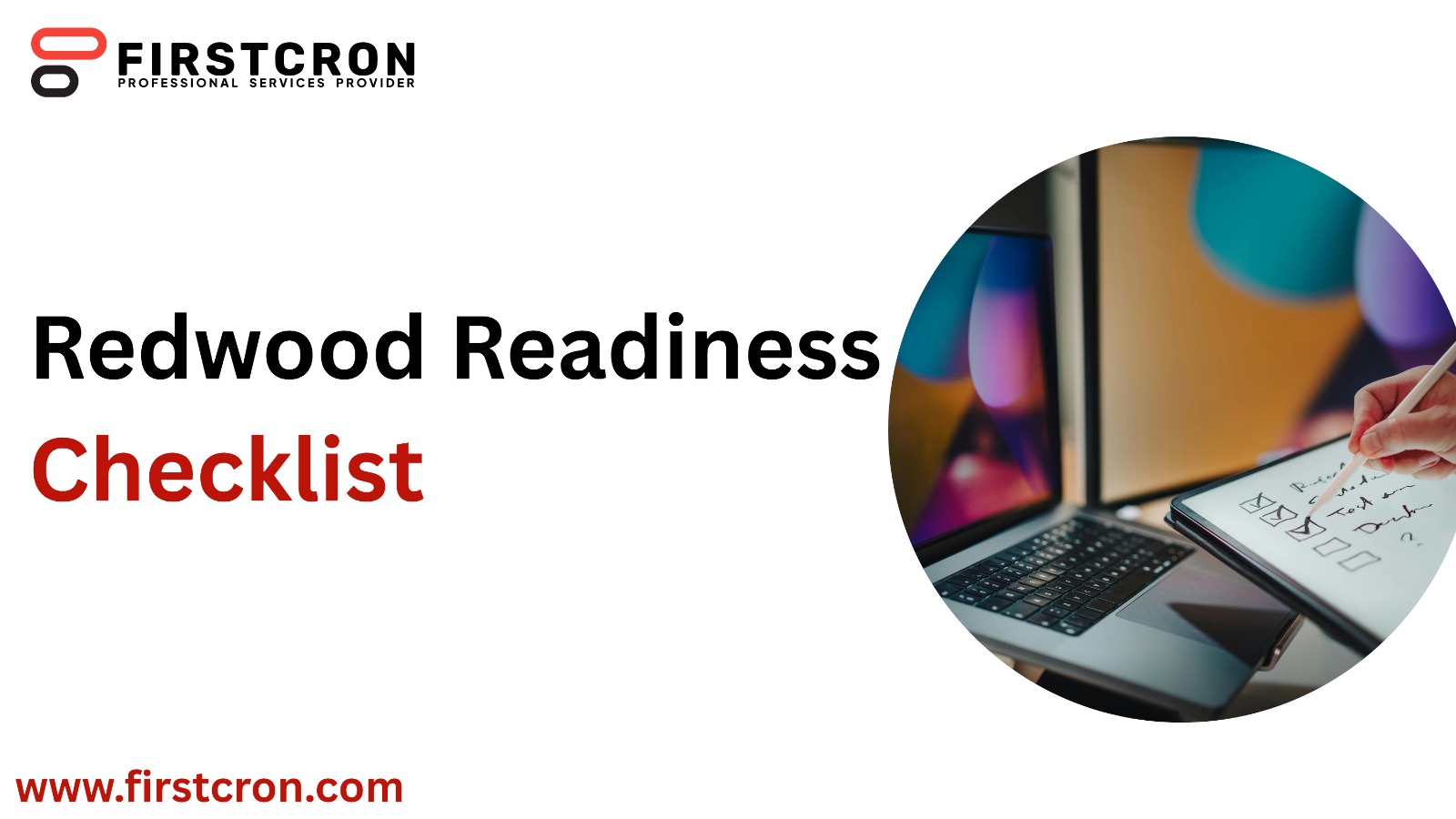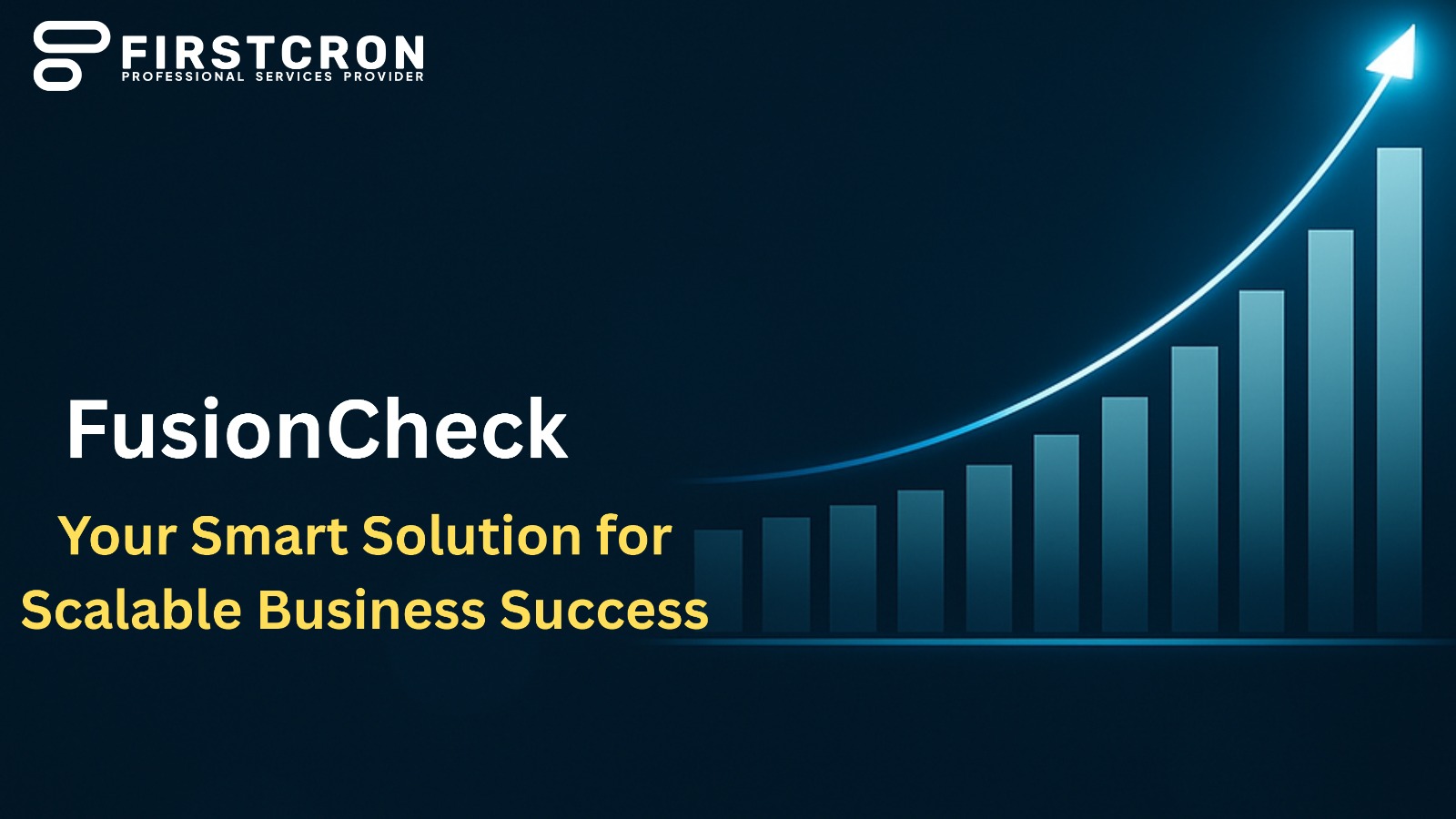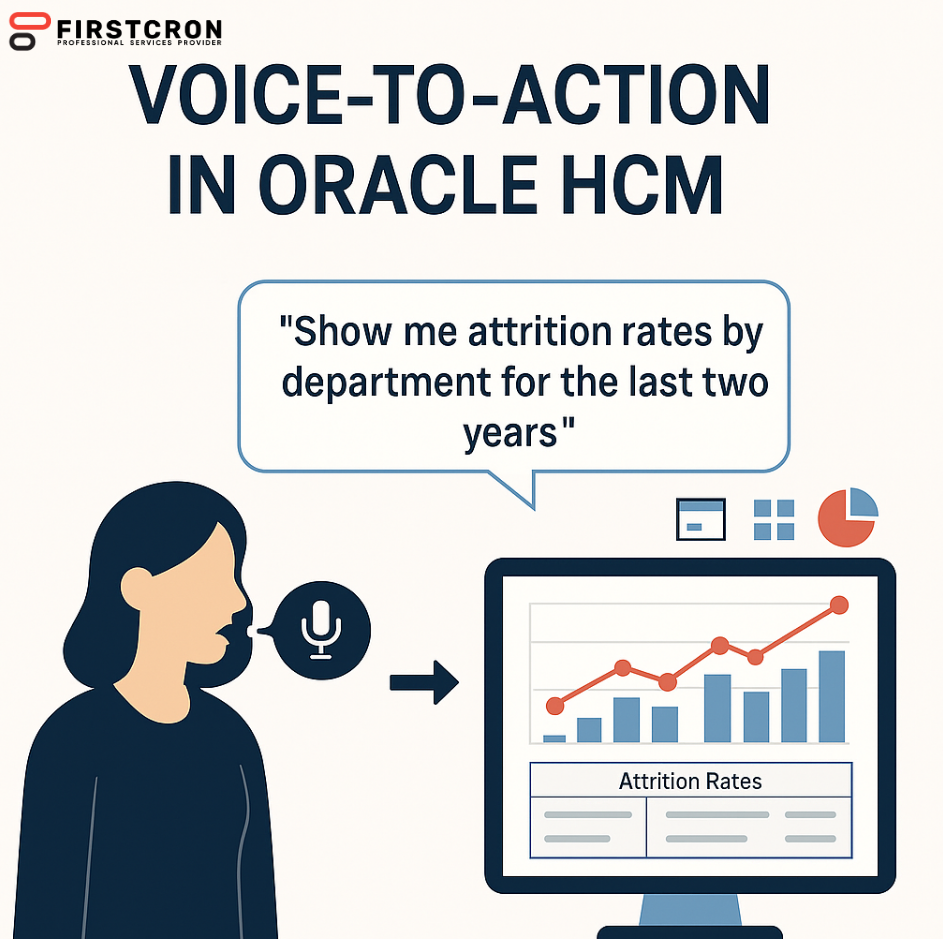
Workforce planning has evolved far beyond spreadsheets and static HR dashboards. As organizations increasingly rely on digital transformation to stay agile, Employee Digital Twins (EDTs) are emerging as a revolutionary tool for HR, operations, and leadership teams. An Employee Digital Twin is a dynamic, data-driven representation of a worker — capturing their skills, experiences, performance metrics, engagement levels, and even behavioral trends.These digital counterparts enable leaders to simulate workforce scenarios, forecast talent gaps, and personalize development programs in real time. Combined with intelligent data platforms like Syntra — FirstCron’s enterprise-grade ETL (Extract, Transform, Load) solution — companies can seamlessly integrate HR, productivity, and performance data to bring EDTs to life.
In this blog we’ll cover
- Understanding Employee Digital Twins
- How Syntra Powers The Employee Digital Twin Ecosystem
- The Strategic Benefits Of Employee Digital Twins
- From Data Chaos To Workforce Clarity: Syntra’s Role
- Future Of Workforce Intelligence With Digital Twins
- Ethical Considerations And Data Privacy
- Conclusion: A New Era Of Human-Centric Digital Transformation
Understanding Employee Digital Twins
An Employee Digital Twin is not just a static digital profile. It’s an evolving model that mirrors an employee’s professional journey within the organization. Drawing from diverse data sources such as HR systems, project management tools, learning platforms, and communication channels, an EDT provides a 360-degree, continuously updating view of an individual.
These twins are built on three essential components:
- Data Integration – Collecting data from multiple systems including HRMS, ERP, CRM, and collaboration platforms.
- Behavioral Analytics – Interpreting data to understand productivity patterns, engagement, and growth potential.
- Predictive Simulation – Modeling future outcomes such as turnover risks, project performance, and skill alignment.
With tools like Syntra, organizations can easily extract data from various sources, transform it into standardized formats, and load it into unified analytics platforms to power these digital twins.
How Syntra Powers The Employee Digital Twin Ecosystem
Syntra (syntra.firstcron.com) is designed to bridge the data silos that often hinder HR and workforce analytics. As an ETL platform, Syntra helps organizations:
- Extract real-time data from HR systems, payroll databases, learning management platforms, and collaboration tools.
- Transform data into actionable insights using pre-built templates for workforce KPIs.
- Load structured datasets into analytics engines or AI platforms that visualize and simulate digital twin models.
In short, Syntra makes Employee Digital Twins operationally possible by handling the heavy lifting of integration, cleansing, and transformation — enabling HR and business leaders to focus on decision-making rather than data wrangling.
The Strategic Benefits Of Employee Digital Twins
1. Predictive Workforce Planning
Traditional workforce planning is often reactive — responding to resignations, project delays, or skill shortages after they occur. With digital twins, organizations can simulate different workforce scenarios. For instance, what would happen if 20% of your software engineers upskilled in AI development? How would this impact project velocity or customer satisfaction?
Syntra’s ETL capabilities allow HR teams to feed real-time data into these simulations, making predictive workforce modeling a reality. This helps in proactive hiring, training, and talent deployment strategies.
Each Employee Digital Twin serves as a blueprint of an individual’s skill portfolio and learning history. When connected with a data integration platform like Syntra, learning systems can continuously update these twins with new certifications, course completions, or performance feedback.
The result? HR teams can craft personalized career paths for employees, automatically recommending the right learning modules or stretch assignments that align with future organizational needs.
When HR data flows seamlessly through Syntra, these insights become real-time alerts rather than post-mortem reports. This allows leaders to take proactive steps such as mentoring, workload balancing, or recognition programs before valuable talent walks out the door.
Digital Twins can also contribute to more equitable workforce management. By removing bias from human judgment, they allow for data-driven evaluation of promotions, pay, and performance.
Through Syntra’s ability to unify demographic, performance, and engagement data, companies can visualize diversity gaps and inclusion metrics at scale. This empowers HR leaders to make more transparent, fair, and measurable D&I decisions.
From Data Chaos To Workforce Clarity: Syntra’s Role
One of the biggest challenges in implementing Employee Digital Twins is managing data complexity. HR data lives in silos — payroll systems, recruitment software, project management tools, and performance trackers rarely “talk” to each other.
Syntra solves this problem by acting as the data foundation for EDTs. Its no-code connectors and pre-built pipelines ensure that:
- Data from multiple HR systems is automatically synchronized.
- Datasets are cleansed and standardized without manual intervention.
- Privacy and governance standards are maintained across the workflow.
By connecting the dots, Syntra allows organizations to turn fragmented HR data into cohesive, actionable insights that fuel the digital twin ecosystem.
Future Of Workforce Intelligence With Digital Twins
As AI and machine learning continue to advance, the Employee Digital Twin will evolve from being a descriptive model to a prescriptive and autonomous agent. Future EDTs will not only mirror employee performance but also suggest real-time interventions — such as recommending a new project, flagging workload imbalances, or identifying leadership potential.
Platforms like Syntra will play an even more critical role in this evolution by ensuring that the data fueling these insights remains accurate, timely, and ethically governed.
Ethical Considerations And Data Privacy
While the benefits of Employee Digital Twins are compelling, organizations must tread carefully around data privacy and ethical boundaries. Employees must have transparency into how their data is collected, processed, and utilized.
Syntra’s ETL pipelines can be configured to comply with major data protection frameworks such as GDPR, CCPA, and ISO 27001, ensuring that personal and sensitive information is handled responsibly. This combination of advanced analytics with strong ethical governance ensures that the rise of digital twins enhances trust rather than undermines it.
Conclusion: A New Era Of Human-Centric Digital Transformation
The rise of Employee Digital Twins marks a paradigm shift in workforce planning — moving from intuition-driven management to evidence-based, predictive intelligence.
By leveraging Syntra’s ETL framework, organizations can unify scattered HR data and bring these digital representations to life. The result is a smarter, more agile, and more human-centric workplace — one where decisions are informed by data, not assumptions.
As we step into this new era, companies that embrace the power of Employee Digital Twins and data integration tools like Syntra will gain a decisive edge in building the workforce of the future.
Tags
Related Post
Navigating Oracle Fusion HCM & Payroll Patch 25C: Key Issues And Solutions For UK Local Councils
July 26th, 2025 10 min read
7 Reasons Why Companies Are Moving From Taleo To Oracle Recruiting Cloud
June 2nd, 2025 14 min read
7 Proven Oracle Fusion Testing Principles To Guarantee Defect-Free Cloud Deployments
May 16th, 2025 15 min read
Navigating Oracle Fusion HCM & Payroll Patch 25A: Key Considerations For UK Local Councils
July 27th, 2025 10 min read
Driving Compliance And Security With Smart Testing In Oracle Fusion
June 5th, 2025 9 min read
WEEKEND READS
7 Proven Oracle Fusion Testing Principles To Guarantee Defect-Free Cloud Deployments
May 16th, 2025 15 min read
Driving Compliance And Security With Smart Testing In Oracle Fusion
June 5th, 2025 9 min read
How End-to-End Testing Of Oracle Fusion Enhances Operational Efficiency In Banking
May 23rd, 2025 11 min read
Learning And Talent Management With Cornerstone OnDemand
October 10th, 2025 17 min read
UKG (Ultimate/Kronos) — USA And Global, Legacy-to-Modern Workforce Management
October 5th, 2025 23 min read
Redwood Readiness Checklist
July 23rd, 2025 7 min read
FusionCheck: Your Smart Solution For Scalable Business Success
May 8th, 2025 9 min read
Voice-to-Action In Oracle HCM: Transforming HR Queries Into Intelligent Actions With GenAI
September 5th, 2025 23 min read
Transforming Legal Services With Generative AI
July 3rd, 2025 6 min read






